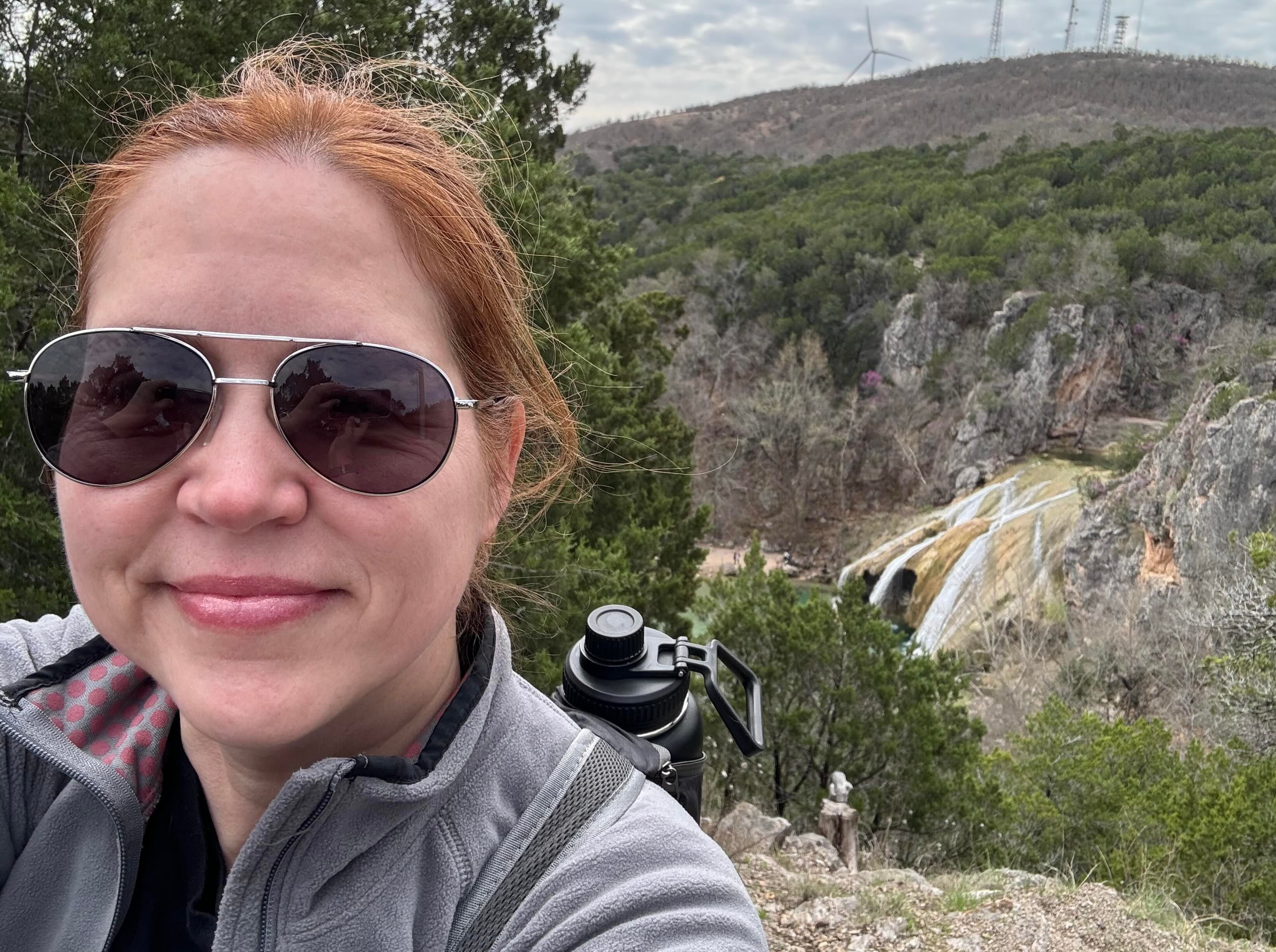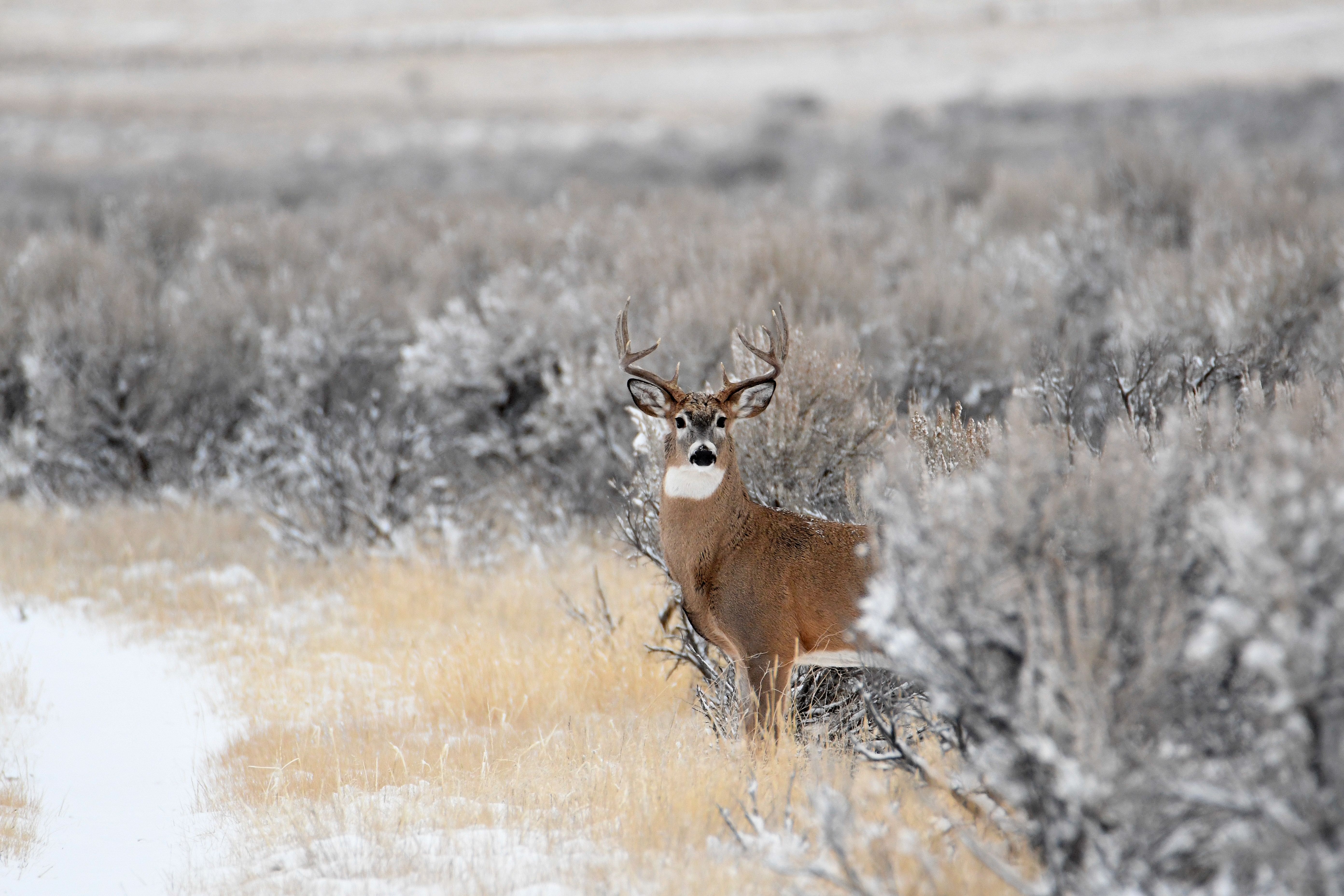Field Guide / Hunting Tips
3 Types of Land to Consider When Scouting for Deer
We all want to kill mature bucks. Whether we've harvested a nice 12-point before or have yet to see one, the thought is always there every single season of a "dream" harvest.
Previous in Hunting Tips
More Content Like This
Calling Bucks During the Rut: 5 Tips for Success
Calling in a deer is one of the most exciting things you can do as a hunter, especially during the rut. It means you are perfectly positioned and communicating directly with the nearby whitetail. Read More
Read More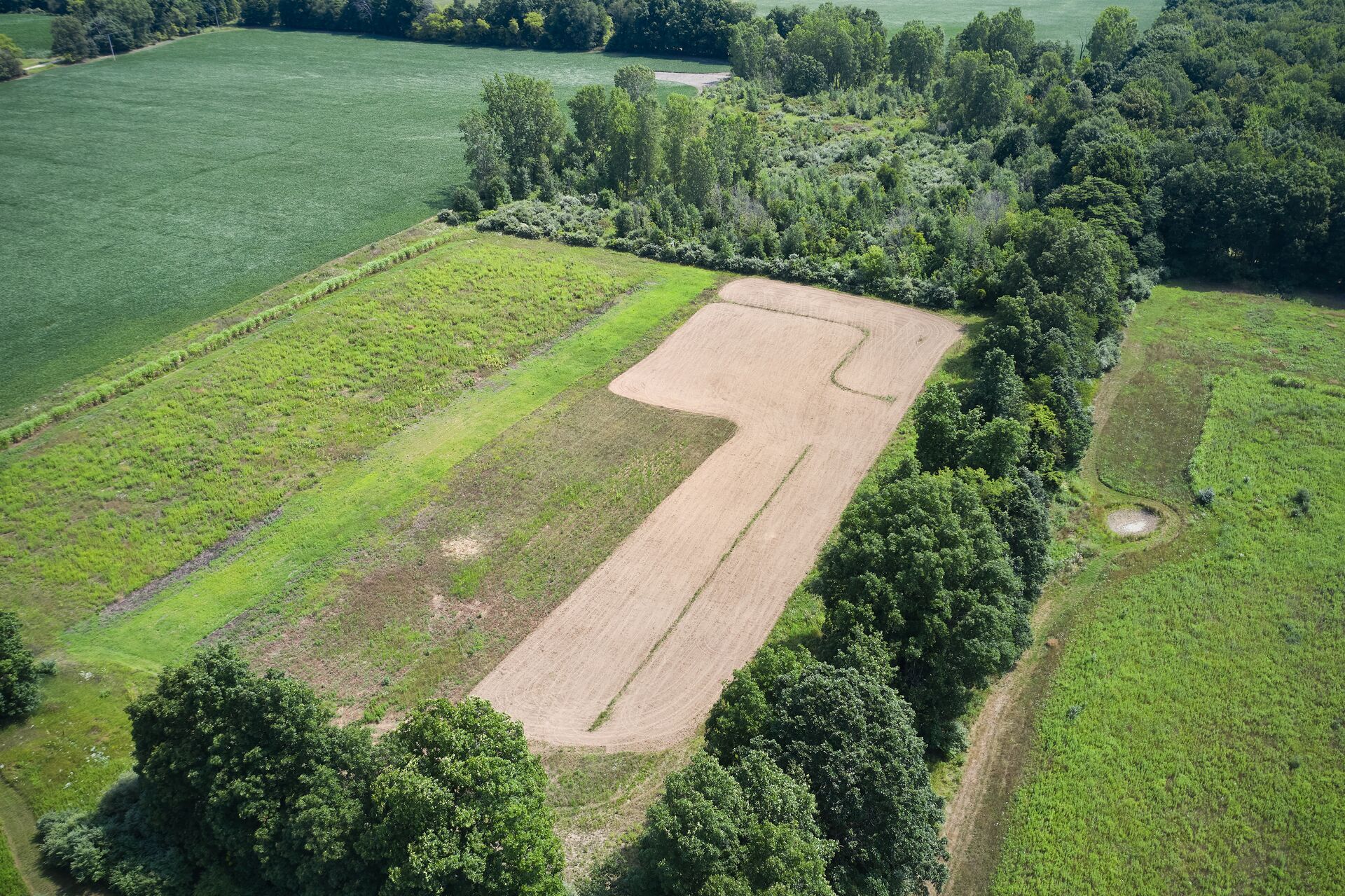
Trespassing and Private Land Hunting Laws: What Hunters Should Know
When it comes down to it, hunting is all about respect — respect for the wildlife, the natural environment, other hunters, and the varying ownership titles of the land. Understanding trespassing and private land hunting laws is a legal requirement an...Read More
Read MorePlanning Your Hunt: 5 Types of Weather for Turkey Hunting
Weather is unpredictable. Not every spring day is clear, calm, and warm. From rain to sleet to fog, the weather affects turkey patterns. So, understanding how weather impacts turkey behavior and how to adapt helps increase your chances of a successfu...Read More
Read More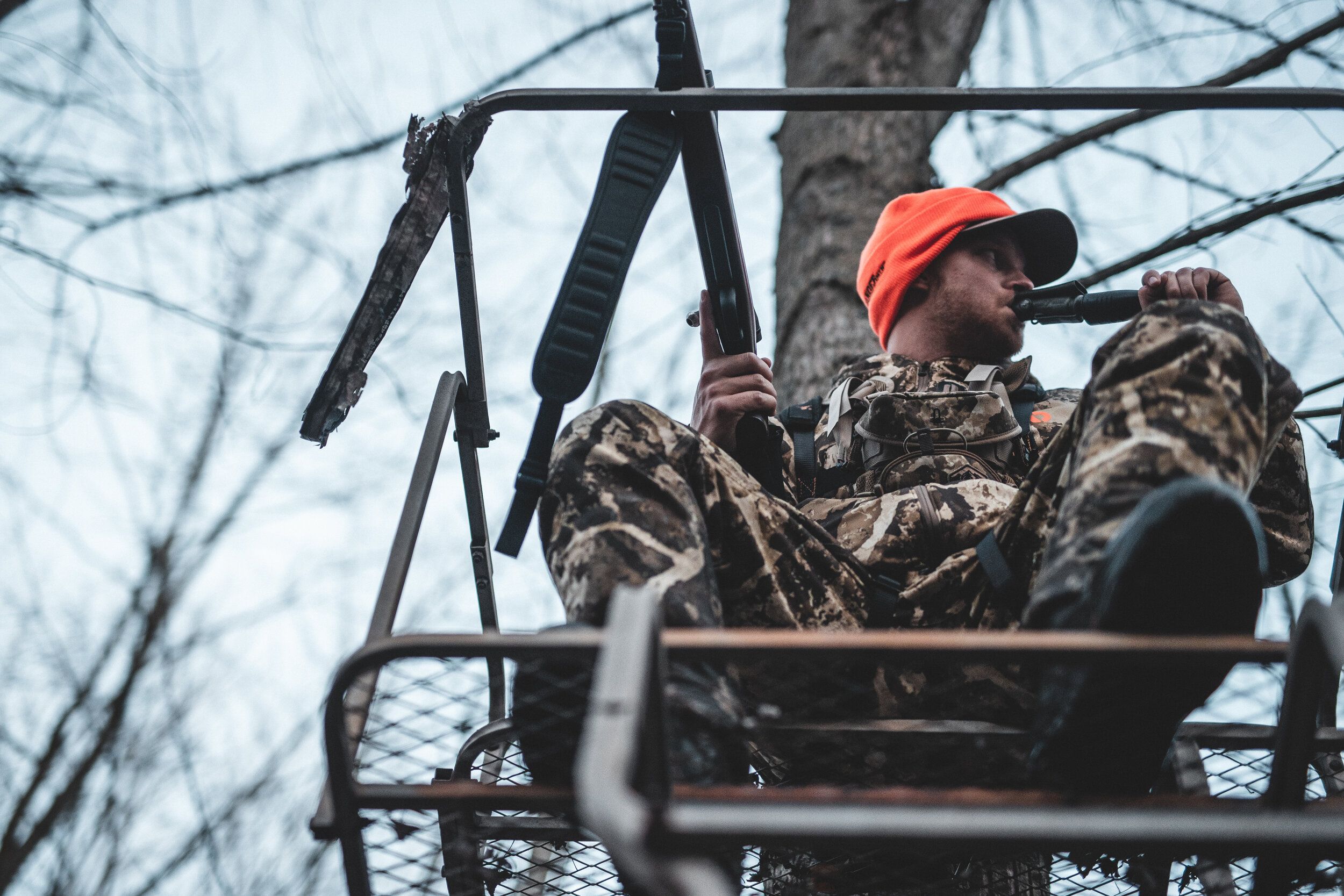 Hunting Tips
Hunting TipsCalling Bucks During the Rut: 5 Tips for Success
Calling in a deer is one of the most exciting things you can do as a hunter, especially during the rut. It means you are perfectly positioned and communicating directly with the nearby whitetail. Read More
Read More Hunting Tips
Hunting TipsTrespassing and Private Land Hunting Laws: What Hunters Should Know
When it comes down to it, hunting is all about respect — respect for the wildlife, the natural environment, other hunters, and the varying ownership titles of the land. Understanding trespassing and private land hunting laws is a legal requirement an...Read More
Read More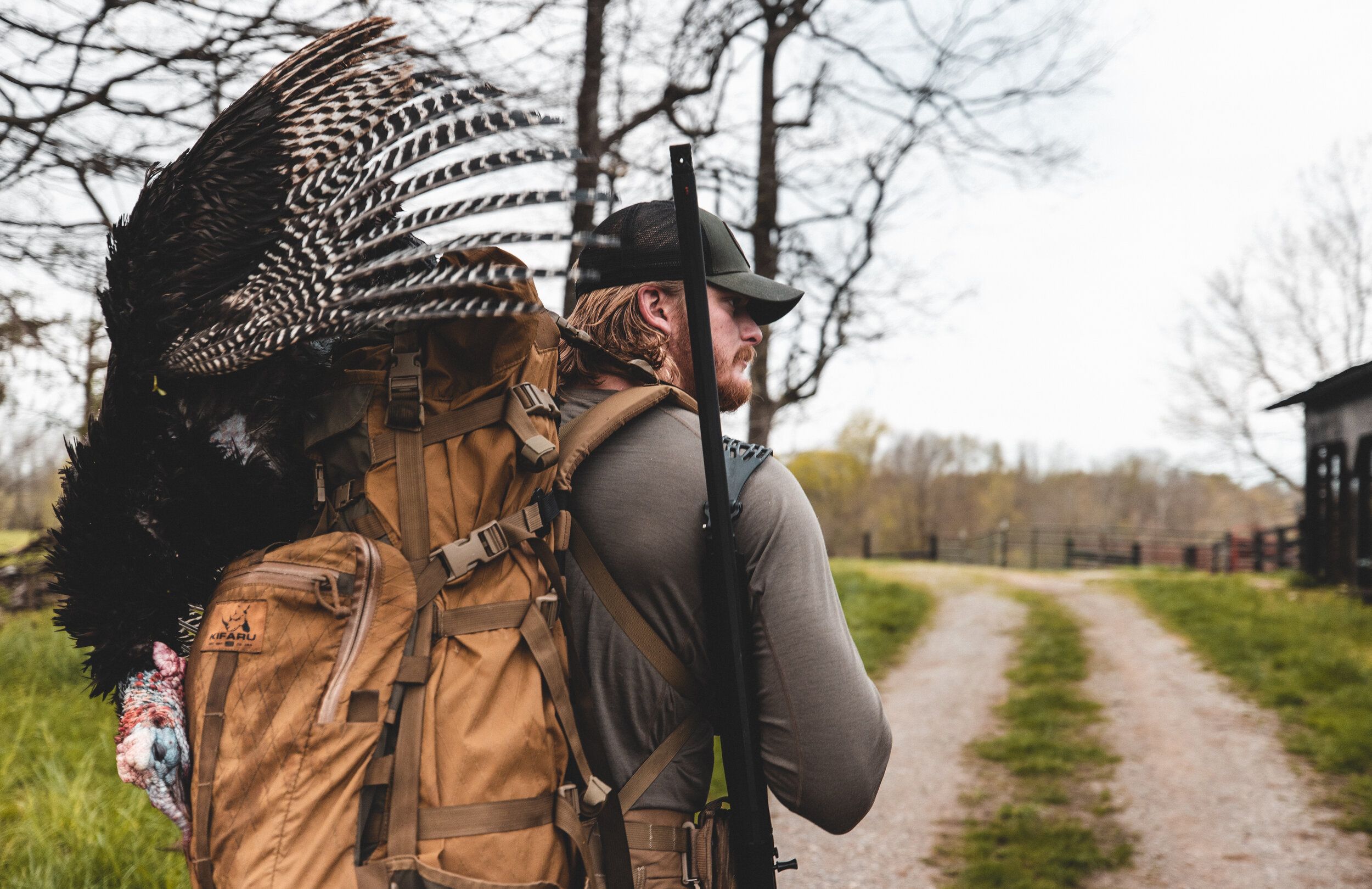 Hunting Tips
Hunting TipsPlanning Your Hunt: 5 Types of Weather for Turkey Hunting
Weather is unpredictable. Not every spring day is clear, calm, and warm. From rain to sleet to fog, the weather affects turkey patterns. So, understanding how weather impacts turkey behavior and how to adapt helps increase your chances of a successfu...Read More
Read More
1 of 3
